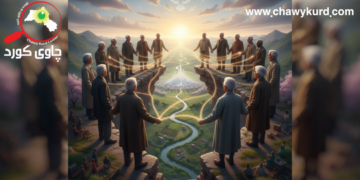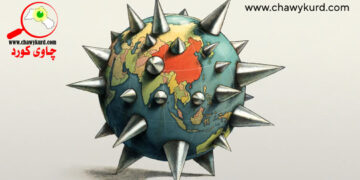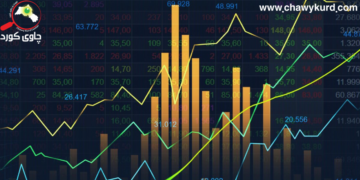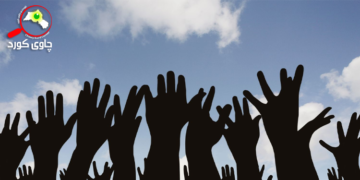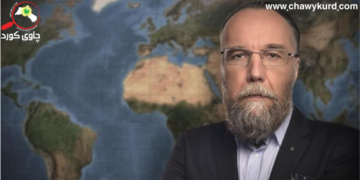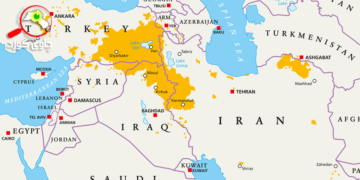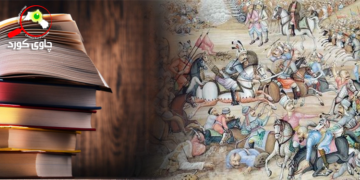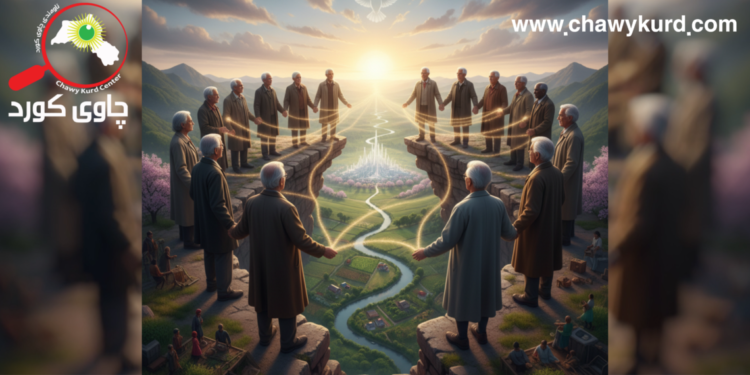The world population reached eight billion on November 15, 2022, increasing by one billion in 12 years. However, the UN estimates it will take 15 more years to reach nine billion (by 2037), indicating a global slowdown in population growth. In 2023, the European Union recorded only 3.67 million births, a significant drop from 6.8 million in 1964. The birth rate per thousand people has fallen from 16.4 in 1970 to 8.2 today, signaling a profound demographic change. The average birth rate per woman in the EU in 2023 was 1.38, ranging from 1.06 in Malta to 1.81 in Bulgaria. Births to foreign women constituted 23% of total births in the EU in 2023, rising to 67% in Luxembourg but only 3% in Bulgaria and Slovakia.
This decline is not limited to Europe. In China, the birth rate per woman dropped from 2.51 in 1990 to 1.01 in 2024, and projections suggest a further decrease, with the population of 1.4 billion expected to shrink to 633 million by 2100, reverting to mid-20th-century levels. Between 2024 and 2054, China is expected to lose 204 million people, Japan 21 million, and Russia 10 million. This is due not only to lower birth rates among married couples but also to young people postponing marriage due to high living costs and widespread conflicts.
In the past 15 years, the average birth rate in the US has fallen to 1.6 children per woman. While some observers see this as a success for “family planning” among younger generations, many women under 30 are delaying or foregoing childbirth. Although birth rates have slightly increased among women in their late thirties, this hasn’t offset the sharp decline in younger age groups. Most Middle Eastern countries are also experiencing rapid population aging due to declining fertility rates and increased life expectancy.
Aging: War or Peace?
A shrinking youth population and an increasing number of elderly lead to slower economic growth, as the workforce diminishes and budgets for elder care expand. Japan’s elder care budget is projected to increase fifteenfold by 2040, Germany’s sevenfold, and France’s fivefold. Will this dynamic foster a “peace of the elderly”? Mark Haas, in his Foreign Affairs article “The Coming of the Graying Peace,” observes that between 2012 and 2023, the average elderly population in war-initiating countries was only 5%, half the global average. This suggests that an aging future might bring unexpected peace. Studies show that people become more averse to foreign military intervention as they age, while younger generations are more supportive of wars and international conflicts.
Haas argues that aging societies, characterized by an increasing number of people over 65, will see a shrinking workforce and skyrocketing elder care costs. By 2050, the workforce in East Asia is predicted to shrink by 24% and in Europe by 17%. Public spending on the elderly in many developed countries could reach nearly a quarter of their GDP. In China alone, spending will rise from 4.4% to 20% of GDP. By mid-century, East Asia will lose 48 million military-aged youth, and Europe eight million. Haas believes population aging will reduce the “appetite” for conflict, as older generations are naturally more anti-war and less likely to support military interventions. As their numbers grow, they will form a political force pressuring leaders to avoid external conflicts.
Aging in US-China Rivalry
Haas contends that the economic rivalry between the US and China will not escalate into military conflict, nor will China surpass the US. He believes China’s aging crisis, more severe than America’s, will be a decisive factor preventing a major war. This will constrain China’s economic and military rise, preventing it from surpassing US hegemony and neutralizing the most dangerous phase of global power transition. Haas points out that China is the first rising power in history to face a severe aging crisis during its growth. The increasing number of people over 65 will reduce productivity, making it difficult for China to overtake the US in wealth, GDP, and per capita income.
Stirring Internal Conflicts
Haas identifies a paradox: while aging promotes international peace, it can fuel internal instability and polarization. Slower economic growth forces governments to cut essential services like education, increasing social inequality and creating fertile ground for discontent and populist movements. This paradox is evident in immigration issues; societies most in need of immigrants to fill labor shortages are often the most culturally hostile to them. This hostility stems from the dominant ethnic group’s anxiety about declining numbers and loss of identity. Haas predicts the rise of anti-immigrant groups and leaders in aging societies, driven by fears that immigrants will alter their culture, values, and national identity, despite the economic necessity of immigration. Iran is cited as an example where rapid aging, due to a drastic fall in birth rates, is expected to cause significant internal instability in the coming decades, even faster than in countries like Japan, France, and Germany.
Haas suggests that internal unrest and problems will force countries to focus resources internally, reducing the likelihood of foreign wars. He clarifies that this doesn’t mean war will become impossible or peace inevitable. However, when dwindling capabilities combine with a growing desire for peace, and societies reach advanced stages of aging, the probability of major state-initiated wars significantly decreases. Due to varying youth and elderly populations, Haas predicts future conflicts will disproportionately concentrate in younger regions, like parts of Africa and the Middle East, which experience “youth bulges” and have fewer peace-promoting elderly.
Will War End?
Haas refutes the idea that aging nations will never fight wars, citing Russia as an elderly nation involved in a major conflict. He argues that aging reduces a country’s likelihood of war and its chances of success. For example, he believes aging hindered Russia’s ability to resolve the war in Ukraine as quickly and efficiently as its leaders hoped. In democratic aging societies, the elderly pressure governments to avoid war, and governments cannot ignore public dissent. Research shows that while the number of interstate conflicts has increased remarkably in the last decade, the vast majority of participating nations were very young countries with low average ages and elderly populations well below the global average. To address the aging issue, some countries extend retirement ages, but Haas argues this increases numbers, not quality or expertise.
Other nations resort to hiring foreign mercenaries to compensate for declining soldier numbers, but Haas notes that mercenaries are often less effective militarily. Haas’s main argument is that operations requiring large numbers of soldiers, such as invading and occupying another country to impose authority and combat insurgents, rely on young soldiers, not the elderly. Regarding the increasing role of technology in modern warfare, Haas counters that producing smart military technology requires a young workforce, so the more the population ages, the less such production will occur.








